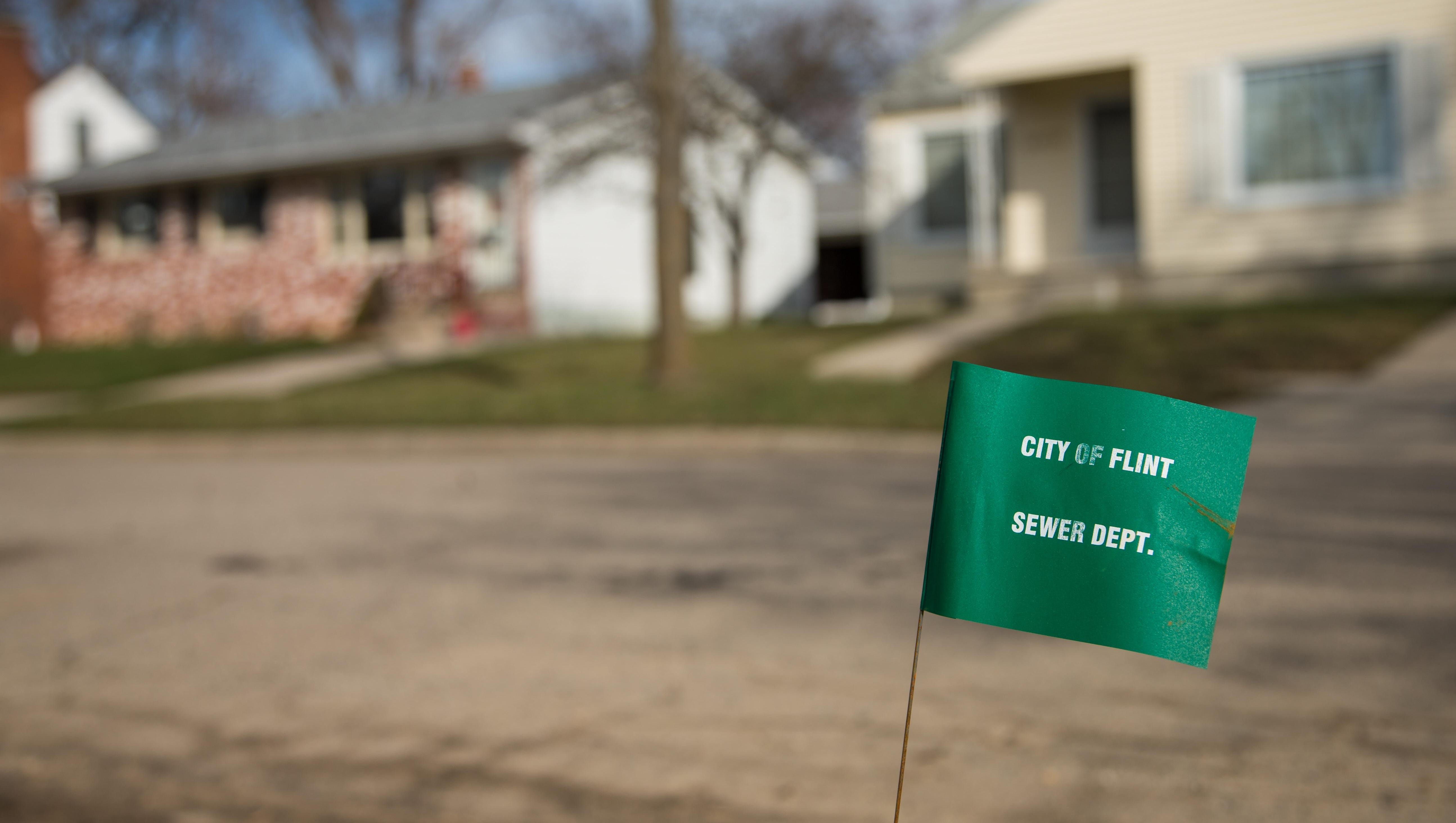Opinion: Following Flint, increase drinking water transparency
Drinking water advisories popping up every week from water utilities across the state reveal that lead in water plagues communities across Michigan. Although it might not seem like it, these advisories signal the progress we are making in Michigan to address lead in water. To continue this progress, we must provide clear information about the risk of lead in water to Michigan families and fund removal of lead service lines.

During the Flint water crisis, when Flint’s water source was changed and not treated properly, old drinking water rules made it difficult to detect increases in water lead levels because water utilities were not required to sample the highest risk water. Learning a lesson from Flint’s water crisis, Michigan revised its Lead and Copper Rule in 2018 so mandatory water sampling does a better job of detecting lead. Now that water utilities are collecting better data, the resulting advisories make it clear that more lead is getting in our drinking water than we previously thought.
According to the U.S. Environmental Protection Agency, zero is the safe level of lead in drinking water. Michiganians need to know about the widespread use of lead in pipes and plumbing so we can take precautions to reduce our exposure to lead in water.
Lead in water typically comes from lead service lines that carry water from the water main in the street to homes or small businesses, lead solder and lead in plumbing fittings and fixtures, even in materials marked “lead free.” When water is in contact with lead, especially for several hours like when you sleep or leave the house for school or work, lead can get in the water even when corrosion control treatment is used. Homes with lead service lines have the greatest risk of lead in water.
Recent lead advisories tend to downplay the results, assuring residents that only a few homes measured lead over the action level of 15 parts per billion (ppb). Again, the safe level of lead in drinking water is zero. With representative sampling, if a few homes have elevated lead levels, it means other homes are also at risk of elevated lead in the water. Rather than offer vague assurances, water utilities need to be transparent and publish all of their lead data. Communications need to be clear and objective so residents can make informed decisions about water in their own homes.
Drinking water flows through lead service lines to an estimated 460,000 homes and businesses in Michigan every single day. The best thing about the new Lead and Copper Rule is that it requires removal of all lead service lines in the state within the next 20 years. Right now, that makes Michigan the only state working toward a future where no customer will drink water from a solid lead pipe. It took a long time to install these lead lines, so it will take time, money, and perseverance to get them out.
Michigan needs a statewide lead service line removal fund to support this process. We can’t expect communities to fund this work solely through water rates. The statewide fund would facilitate lead service line replacement in communities with concentrated low-income populations and lead service lines, providing relief to the most vulnerable residents who have experienced the greatest exposure to lead in the water. Luckily, recent studies show that removing lead service lines makes economic sense - the economic productivity increases and the health care, education, and criminal justice cost reductions from removing lead lines significantly outweigh the costs. It makes sense to fund replacement at the state level to secure these societal savings.
All eyes are on Michigan as we implement our new Lead and Copper Rule. Funding for lead line replacement, clear communication about the risk of lead in drinking water, and transparency in sharing water quality data will demonstrate that the health of our children and communities are our priorities. Our next steps will either declare our commitment to safe drinking water or continue to kick that can down the road.
Elin Betanzo is a water quality engineer and founder of Safe Water Engineering LLC, where she helps water utilities comply with the Safe Drinking Water Act. A national drinking water expert, Betanzo participated in the USEPA response to the Washington, D.C., lead crisis and most recently helped uncover the Flint water crisis.